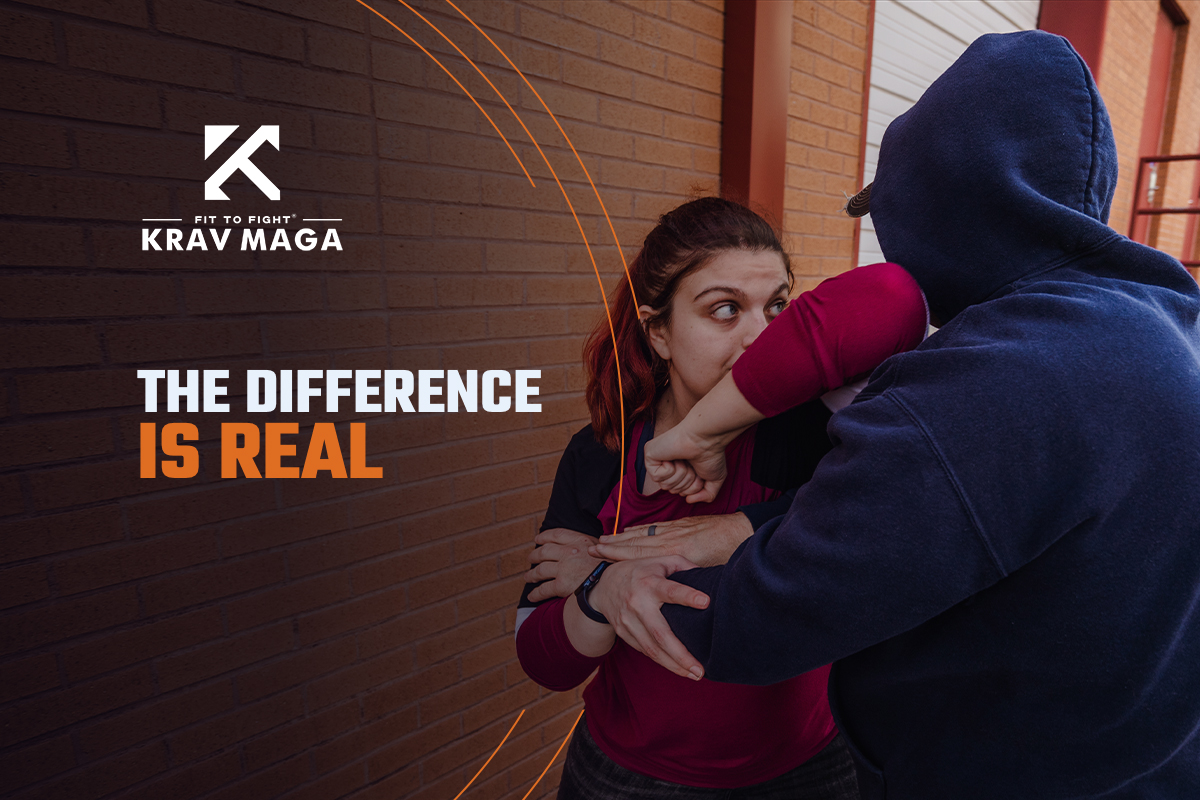
Part 3: Fit to Fight® Krav Maga
EVOLUTION. One of the most important, if not the most important, principles of Krav Maga is, “always evolving”. Unfortunately, this has seemingly become mostly a banal cliche, with no real substance or intent. “That’s not Krav Maga” is a much more relevant phrase, as there is an almost religious commitment to doing things the way Imi did, or the way the IDF does, or the way it lives in a manual. In our estimation, the organizations and instructors that are true to evolution, have backgrounds in proven combat systems (boxing, wrestling, judo, jiu-jitsu, Muay Thai, sambo, et al), exposure to violence, and are beholden to little outside of the betterment of their students. They look to training methodologies utilized in combat sports and study real world violence, in order to truly prepare students for violent encounters. They adopt techniques, tactics, and methodologies based on merit alone.
FIGHTING VS SELF DEFENSE. This is a distinction often made in Krav Maga circles, with the intent being to differentiate between combat sports and “self defense”. As a result, sparring is often eschewed, in favor of “stress drills” which tend to be heavily choreographed drills designed to replicate reality, but that more closely resemble larping.
Krav Maga is a fighting system, and organizations and instructors that are true to its fighting roots, rely heavily on sparring, active resistance, recognizing that once the pre-contact phase of an altercation has passed, being able to fight is imperative. People do not “self defense themselves”…they fight to survive. At Fit to Fight®, we believe students should learn to f*cking fight.
POSITIONS OF DISADVANTAGE & PRE-EMPTION. There is very often an incredible emphasis on training from positions of disadvantage, sometimes extreme disadvantage, in Krav Maga circles. In theory, this has some merit, but in practice, it is not a very lasting and redeemable approach.
Students are taught, trained, to virtually ignore opportunities to escape situations early, in favor of working worst case situations. This approach also ignores the reality most want to pretend does not exist: if you were not good enough to avoid the extreme positions, you likely will not be good enough to escape them. The best instructors recognize that training from poor positions is important, but they do not allow such training to dominate the training or mindset. These instructors also recognize that learning to control variables before contact, even if that means pre-empting, should be an integral part of a complete self defense curriculum.
CULTURE. This is a massively important subject, and it is vital to recognize the distinction between culture and cult. For our purposes, we will define culture as “way of life”, and cult as “excessive admiration for a thing/person”. The latter is very common in the martial arts world, where a system and/or instructor reaches a virtually unassailable status. This is unhealthy and often destructive. The former exists, regardless of the environment, but how it manifests is important. A healthy culture is inviting and welcoming. It encourages and fosters an environment where students and coaches are open to discussion about techniques, tactics, teaching methods, and more. Questions and critical thinking are not only endorsed, they are necessary for the betterment of the student, the coach, the center, and the system.
INTELLECTUAL HONESTY. The reality is, most of us would prefer to be lied to, if it simplifies our lives and/or makes us feel better. This is most often the norm in Krav Maga teachings. Some form of “all you have to do is”, “size and strength don’t matter”, “just fight dirty”, “keep it simple”, or “it’s for everyone”, are mainstays in marketing and classroom mantras. The “if this, then that” method of teaching absolves the student of having to put the onus on themselves to seek answers and options most valuable to them. The “just tell me what to do” approach is easy, for coach and student…but it’s dishonest. Fights don’t happen in manuals, and not everyone has the same background, physical attributes, assets, liabilities, life experiences, etc. All of these things are absolutely critical when it comes to helping someone become the best version of themselves. Pretending that everyone can and should fight the same way, is patently absurd, and it is dangerous. Pretending that there is always an answer, always a solution, instills a mindset that minimizes the urgency that should be placed on being early, not relying on technical responses to worst case scenarios. Giving people a framework, a skeleton, based on sound principles, then allowing them the freedom to build the muscle, is what the best Krav Maga instructors strive to do. These instructors are not invested in creating clones; they are simply invested.
Hopefully this “article”, in conjunction with last week’s, has initiated some dialogue, internal and otherwise, around what “good” Krav Maga is or should be, if your goal is enhanced survivability. Ask questions of those that you are giving your time, money, and safety to, for your benefit and the benefit of those who mean the most to you. If those questions are met with derision or apathy, then you have your answers, and you should act accordingly.
Next time, we will have a discussion about Fit to Fight® Krav Maga, and why you should care (or not.)

